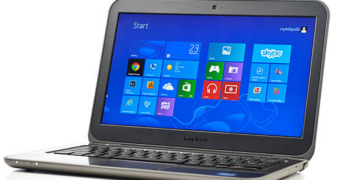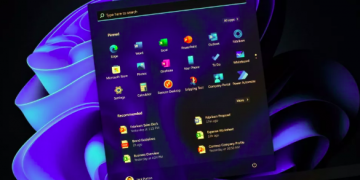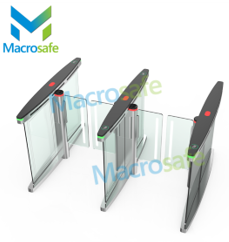Efficient subway management is crucial in facilitating on-time operations and providing a reliable mode of transportation for millions of commuters worldwide. Timely and efficient subway systems are not only necessary for reducing congestion on roads but also for improving the overall quality of urban life. This article explores the importance of efficient subway management and discusses various strategies such as predictive maintenance, smart ticketing systems, and the potential role of office turnstiles in streamlining passenger flow and enhancing subway operations.
Predictive Maintenance
Predictive maintenance is a key component of efficient subway management. By leveraging data analytics and sensor technology, subway operators can monitor the condition of various components and systems in real-time, allowing for proactive maintenance and minimizing service disruptions.
While predictive maintenance primarily focuses on essential subway infrastructure, such as tracks, signals, and trains, office turnstiles can also play a role in this process. Quality turnstiles equipped with advanced sensors can monitor passenger flow and detect any anomalies or malfunctions. By integrating turnstile data with predictive maintenance systems, subway operators can identify potential issues, such as turnstile malfunctions or overcrowding, before they lead to delays or safety concerns. This proactive approach ensures smooth passenger flow and minimizes the need for sudden maintenance interventions, ultimately contributing to on-time operations.
Smart Ticketing Systems
Smart ticketing systems are becoming increasingly prevalent in subway management, enabling streamlined fare collection and improved passenger convenience. These systems utilize contactless smart cards, mobile apps, or wearable devices to allow passengers to seamlessly pay for their journeys.
While smart ticketing systems mainly focus on fare collection, office turnstiles can enhance their effectiveness by offering features such as NFC (Near Field Communication) or QR code scanning. By integrating turnstiles with smart ticketing systems, passengers can simply tap their smart cards or scan their mobile tickets at the turnstile, allowing for quick and efficient entry. This reduces congestion at entry points and enhances the overall passenger experience, contributing to the on-time operations of the subway system.
Real-Time Passenger Information
Providing accurate and real-time passenger information is crucial for efficient subway management. Passengers rely on up-to-date information about train schedules, delays, and alternative routes to plan their journeys effectively.
While real-time passenger information systems primarily utilize digital displays and announcements, office turnstiles can also be a valuable medium for conveying important information. By installing screens or digital displays on turnstile gates, subway operators can offer real-time updates to passengers as they enter or exit the subway stations. This can include information about ongoing delays, service disruptions, or alternative routes. By keeping passengers informed at the point of entry and exit, turnstiles contribute to improved passenger experience, reduce confusion, and help maintain on-time operations.
Monitoring Passenger Flow
Monitoring passenger flow is an essential aspect of efficient subway management. Understanding crowd densities and patterns can help operators optimize train frequencies, allocate resources, and improve overall operations.
Office turnstiles equipped with sensors or cameras can provide valuable data for monitoring passenger flow. By analyzing the data captured at turnstile gates, subway operators can gain insights into peak hours, station congestion, and potential bottlenecks. This information can guide decisions related to train scheduling, platform management, and staffing requirements. By proactively managing passenger flow based on data from turnstiles, subway operators can ensure smooth operations and minimize delays during peak times.
Conclusion
Efficient subway management is crucial for reliable and on-time operations. Strategies such as predictive maintenance, smart ticketing systems, real-time passenger information, and monitoring passenger flow all contribute to the overall efficiency of the subway system. While office turnstiles primarily focus on access control, they can also play a role in enhancing subway operations by providing valuable data, streamlining passenger flow, and conveying important information to passengers. By embracing innovative approaches and integrating various technologies, subway operators can ensure an improved commuting experience, reduced delays, and a more reliable mode of transportation for urban dwellers.

























